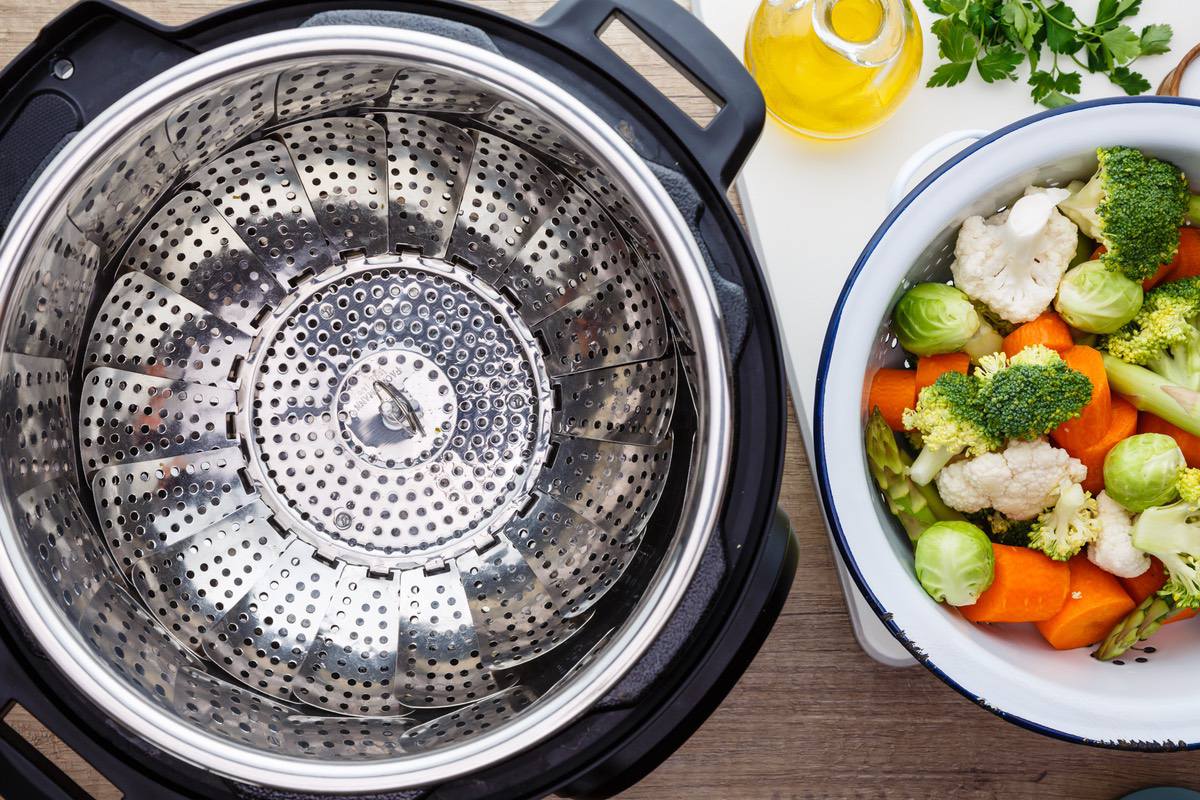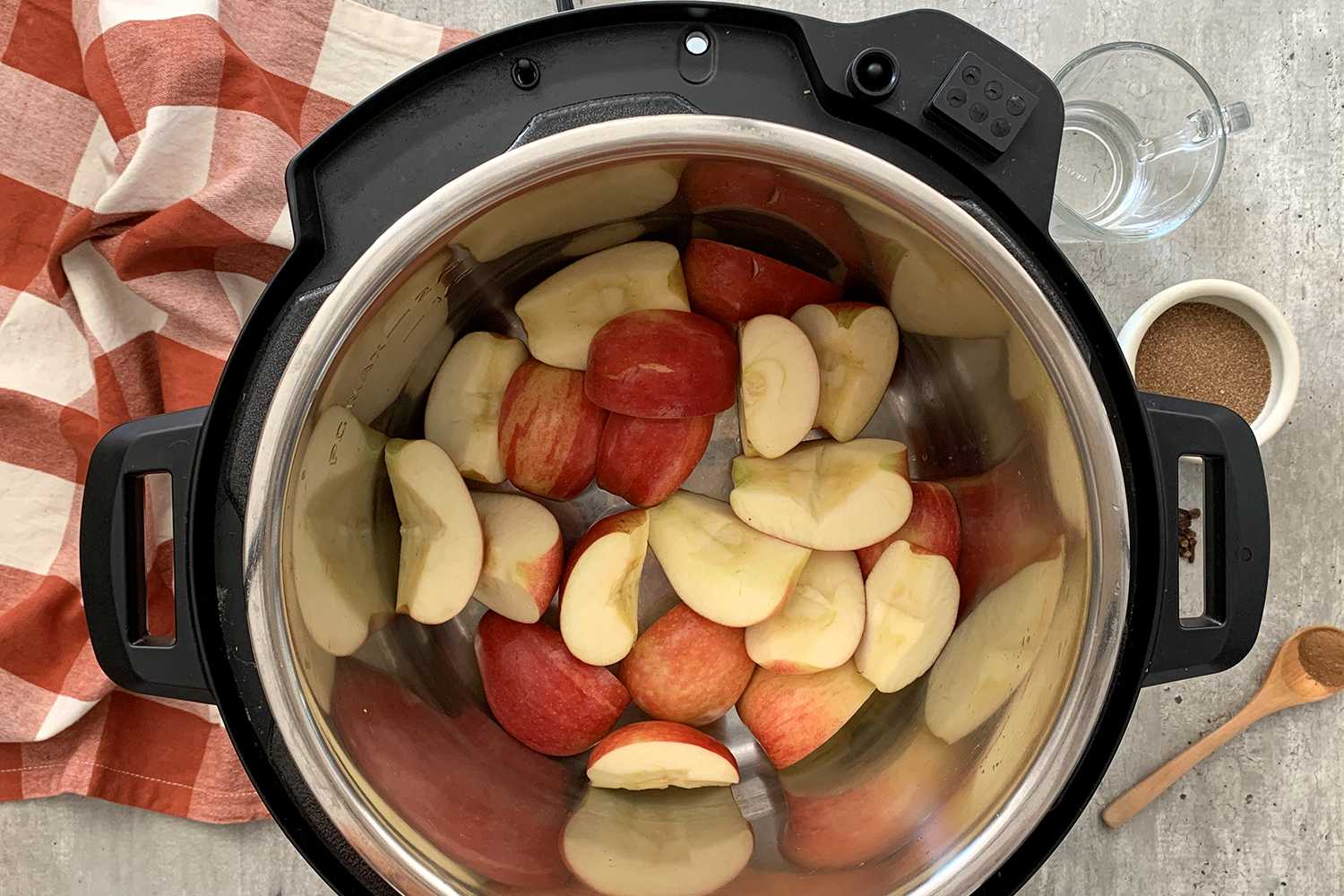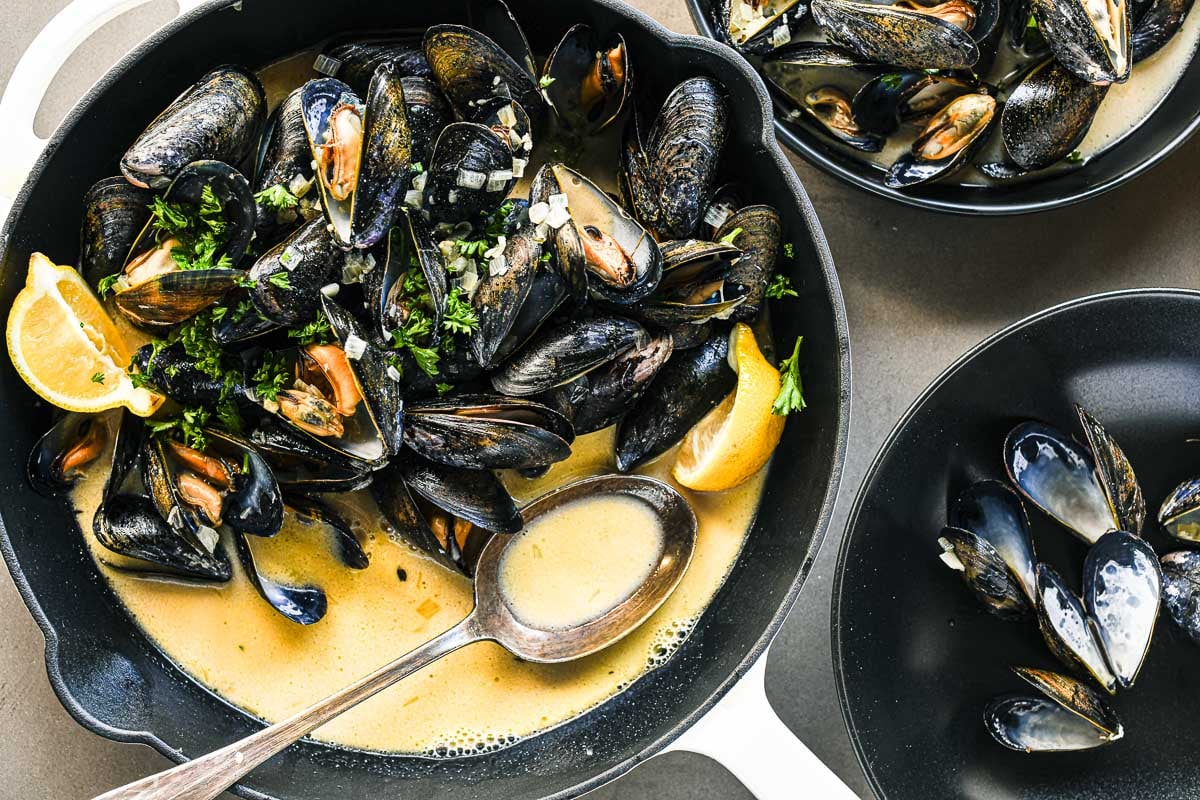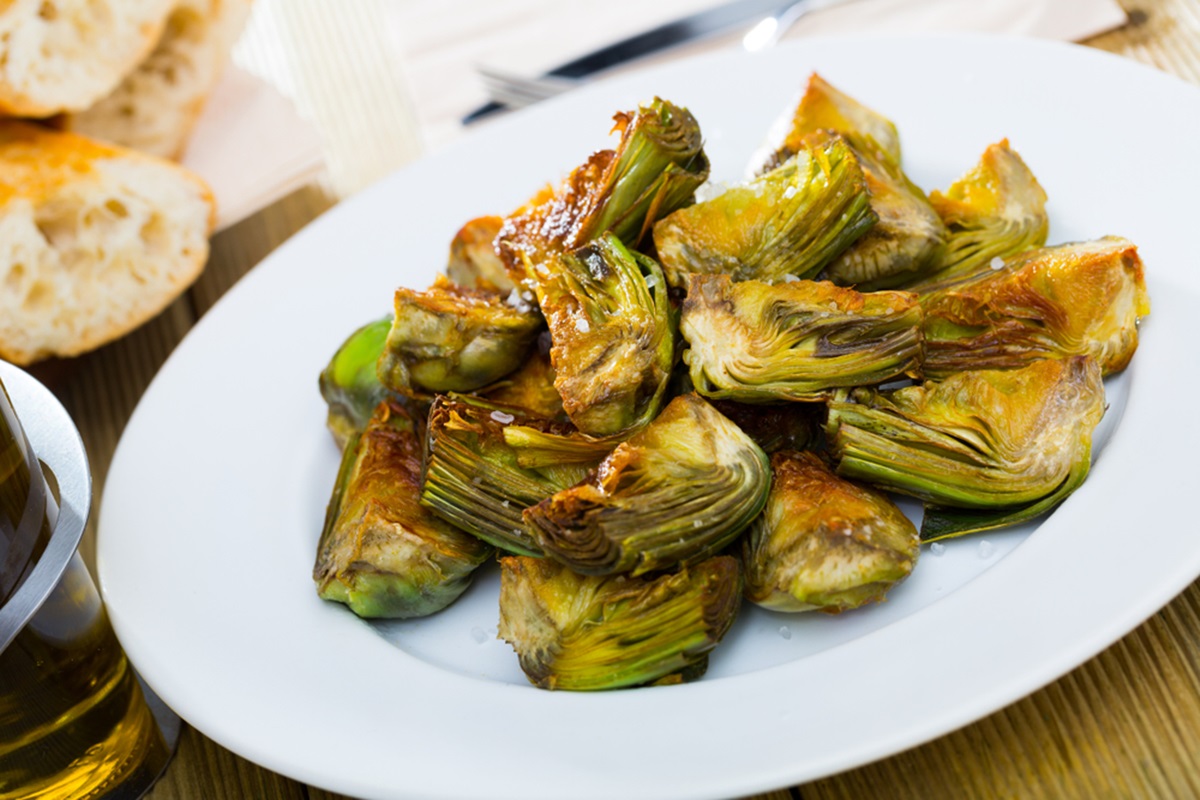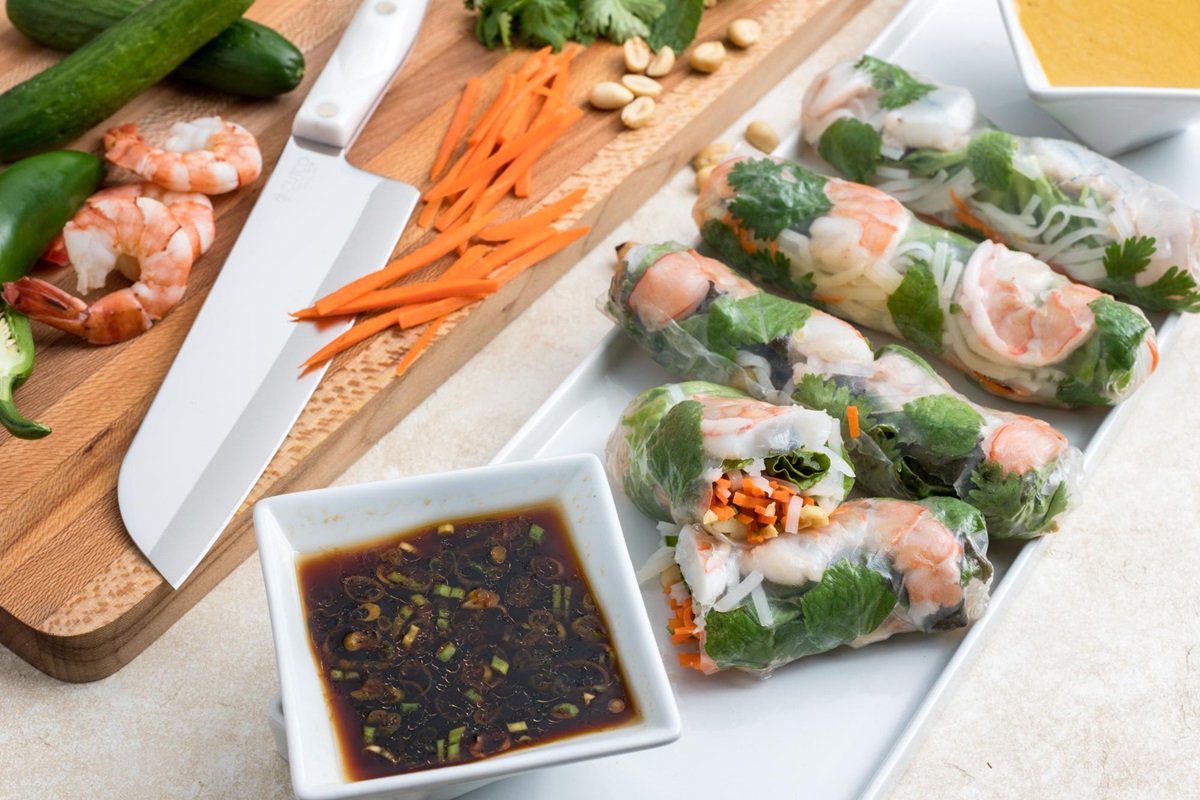How To Steam Rice In A Rice Cooker
If you’re a fan of fluffy, perfectly cooked rice, then a rice cooker is an essential kitchen appliance. Not only does it make the cooking process easier, but it also produces consistently delicious results every time. In this article, we will guide you through the simple steps to steam rice in a rice cooker, ensuring that your grains are perfectly cooked and ready to be enjoyed!
Step 1: Measure the Rice
Start by measuring the desired amount of rice using a standard measuring cup. For most rice cookers, the ratio of rice to water is usually 1:2, meaning one cup of rice requires two cups of water. Adjust the measurements depending on the quantity of rice you want to cook.
Step 2: Rinse the Rice
Before adding the rice to the rice cooker, it’s essential to rinse it to remove any excess starch. Place the measured rice in a fine-mesh sieve and rinse it under cold water until the water runs clear. This step helps to achieve fluffier rice by preventing it from sticking together.
Step 3: Add Water
Once the rice is rinsed, transfer it to the rice cooker pot. Add double the amount of water as compared to the measured rice. So, for example, if you’ve measured one cup of rice, add two cups of water. This water-to-rice ratio allows for absorption and ensures the rice cooks evenly.
Step 4: Soak the Rice (Optional)
For even better results, consider soaking the rice for about 30 minutes before cooking. Soaking helps to soften the grains, resulting in a softer and fluffier texture. If you’re short on time, you can skip this step and proceed directly to cooking.
Step 5: Close the Lid and Start Cooking
Now it’s time to seal the deal! Close the lid of the rice cooker securely, ensuring it locks into place. Set the cooking mode to “steam” and press the start button. The rice cooker will automatically adjust the cooking time based on the amount of rice and water added.
Step 6: Allow the Rice to Steam
Once the cooking cycle is complete, *leave the rice inside the rice cooker*, and let it steam naturally for around 10-15 minutes. This important step allows the rice to steam and finish cooking, resulting in a perfectly tender texture.
Step 7: Fluff and Serve
After the steaming process, it’s time to unveil the deliciousness! Open the lid of the rice cooker and fluff the rice gently using a fork or rice paddle. This helps to separate the grains and release any trapped steam, contributing to the overall fluffiness of the rice. Serve hot and enjoy!
Quick Tips:
- If you prefer a softer texture, you can adjust the water-to-rice ratio to 1:2.5.
- For added flavor, you can replace some of the plain water with broth or add a pinch of salt.
- Try experimenting with different types of rice, such as basmati or jasmine, for a variety of flavors and textures.
- Cleaning your rice cooker immediately after use will prevent any sticky residue from becoming difficult to remove.
There you have it! By following these simple steps, you can steam rice in a rice cooker like a pro. Say goodbye to overcooked or undercooked rice and say hello to perfectly fluffy grains every time. Enjoy your culinary creations and impress your friends and family with your rice-cooking skills!
For those looking to master their rice cooking skills, the guide on how to steam rice in a rice cooker is a game changer. Once you've got that down, try pairing your perfectly steamed rice with some standout dishes. The Classic Chicken and Rice Pilaf Recipe is ideal for a comforting, hearty meal that showcases your new skill. If you enjoy international flavors, the Lemon Herb Salmon with Steamed Basmati Rice Recipe offers a fresh and zesty experience. For a touch of spice, the Spicy Shrimp Fried Rice Recipe will let you practice stir-frying techniques with your steamed rice. And don't miss out on the rich and flavorful Indian Biryani with Steamed Basmati Rice Recipe, a true indulgence for your taste buds. Each of these recipes not only complements your steamed rice but also allows you to explore a range of culinary techniques and flavors.
Was this page helpful?
Read Next: How To Steam Broccoli In Always Pan
